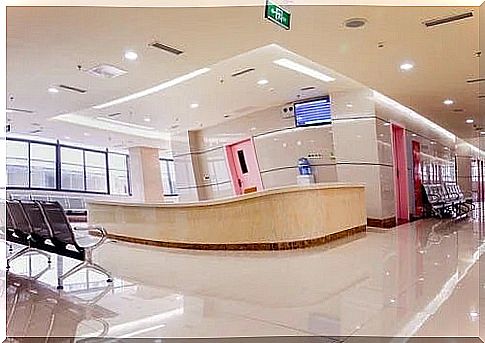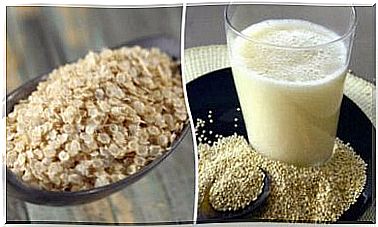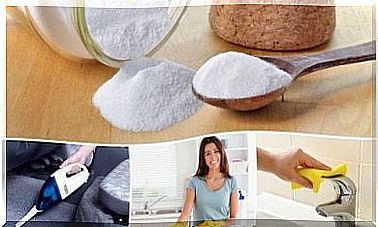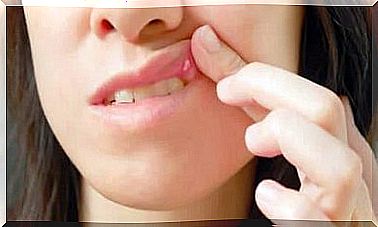Aseptic Technique – Purpose And Benefits

Aseptic technique is a set of measures that reduce the risk of infection in both patients and medical staff. These measures reduce the possibility of contamination of an area or clinical instruments.
As you can see, aseptic technique is part of preventing foreign microorganisms from entering the body. It protects both patients receiving treatment and professionals working in a hospital setting.
To take advantage of this indispensable method, the medical team must have practical knowledge and skills. It must take into account the standards of hygiene and biosecurity normally used.
Types of infections depending on their characteristics

Aseptic techniques aim to minimize the development of nosocomial infections. Thus, the quality of treatment of patients improves. They also guarantee both their safety and the safety of the medical team within a specific specialized center.
In addition, it protects the nearest community, as microorganisms could spread during invasive processes, such as surgery. Within them, a group of specialists is in direct contact with the infected tissues of the patient.
Currently, we can classify infections based on several factors. For example, there are endogenous and exogenous infections.
Therefore, we can distinguish them according to the microorganism, which comes from the internal or external environment. There are also other classification criteria, depending on the type of microorganism, the means of transmission, the treatment of patients in outpatient or inpatient, etc.
Aseptic technique: types
Currently, there is a group of specialists who are developing a series of rules for handling medical instruments. They are indispensable in the treatment of hospitalized persons. In addition, in some cases, the spread of infections through techniques such as isolation must be prevented.
Hospital specialists have to work with sterile materials. They are wrapped in a non-sterile layer and in continuous contact with the external environment. Therefore, the medical team must be especially careful when dealing with this class of materials to avoid contamination. It is very important to carefully unpack the packaging so that the outer layer does not touch the sterile material.
These instruments must be handled with sterile gloves at all times. Their contact with contaminated materials or those exposed to adverse environmental conditions must also be avoided. Other important measures are to try not to sneeze or to wear masks to avoid air pollution.

Under normal hygiene rules, it is important to follow proper hand washing measures. As a general rule, hand washing should be done before and after contact with any patient and before any other medical procedure and after its completion.
Similarly, the condition of any medical compound or clinical device should be examined before and after use. In the case of medicinal products, the expiry date and the appropriate storage instructions shall be checked.
Also, only materials that have been sterilized in the last 8 days should be used. In addition, the packaging must be intact so that the product is not contaminated. The product should not be used if the packaging is not intact. It is stored in a clean environment, with a low level of humidity and limited contact with other possible sources of contamination.
If a protective mask is to be used when treating a patient, it must not be worn for more than two consecutive hours. After this time, the instrument loses much of its effectiveness. The mask must be positioned properly and it must be avoided. It must be replaced if it moves to the base of the neck.









